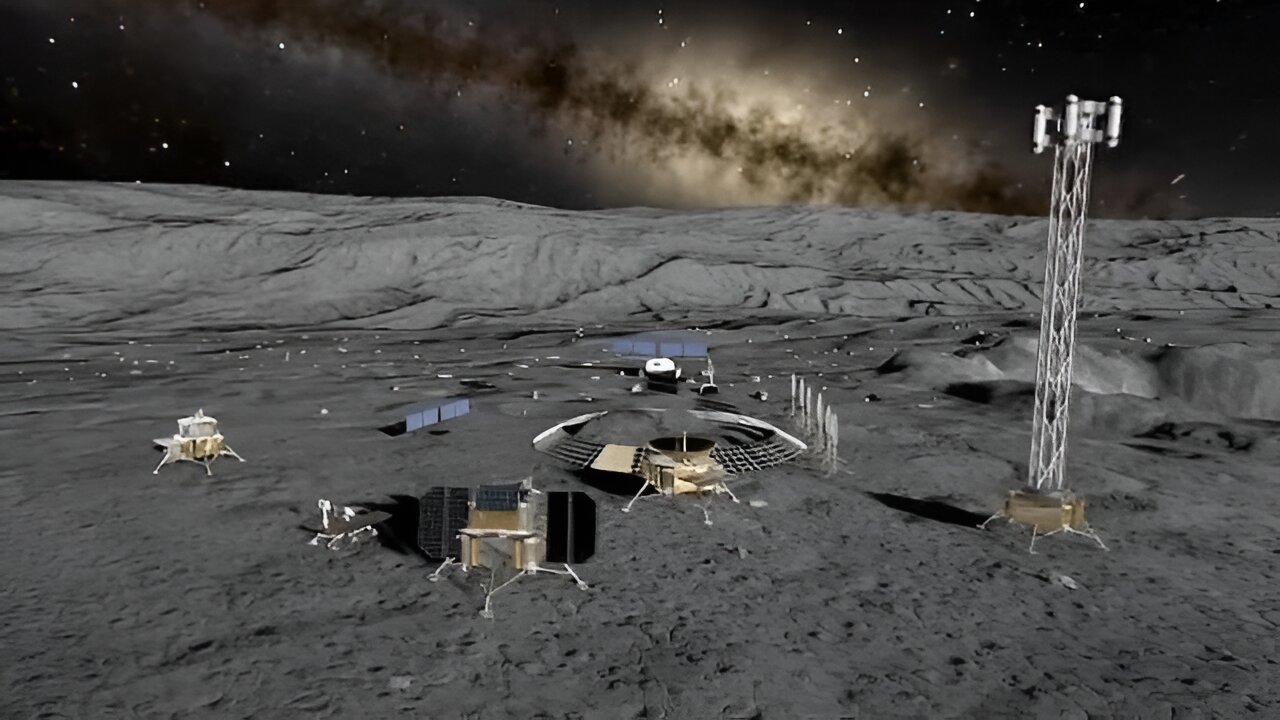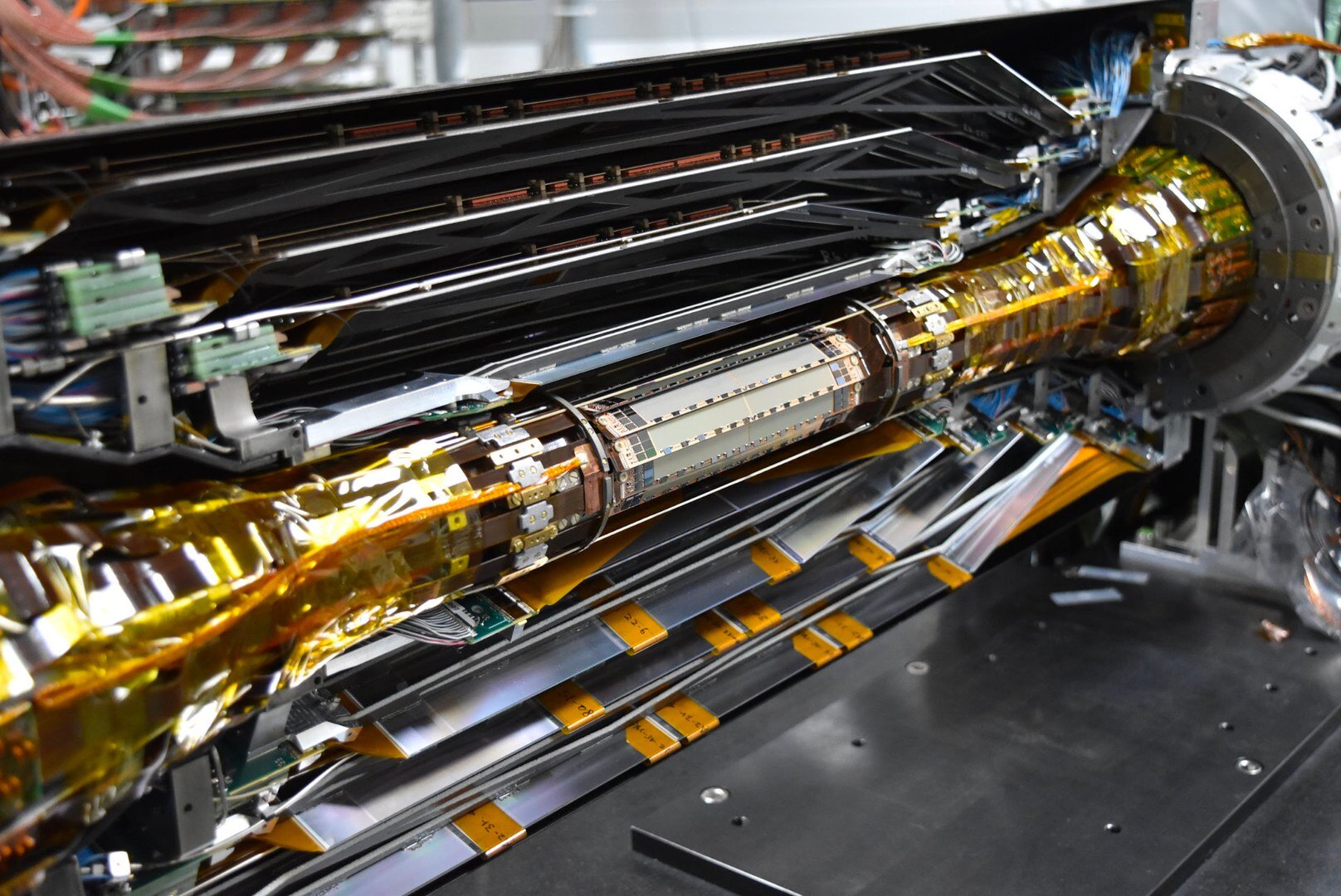Exciting news from the world of space exploration! Researchers from the Chinese Academy of Sciences and the Chinese National Space Administration have just published a groundbreaking study in the journal Space: Science & Technology. They reveal their plans for the upcoming Chang’e-7 mission, set to launch in 2026. This mission aims to uncover the mysteries of water-ice on the moon’s south pole using a combination of orbital observations and in-situ analyses.
Once the Chang’e-7 orbiter successfully reaches lunar orbit, it will deploy a lander and mini-flying probe. These instruments will conduct in-situ analyses of lunar water-ice, while the orbiter performs remote observations using various instruments. What makes this mission truly remarkable is the mini-flying probe’s ability to fly from sunlit regions on the lunar south pole to the dark bottom of impact craters within the permanently-shadowed regions (PSRs). This is something conventional lunar rovers were never designed to do, making this new robotic explorer a game-changer.
The mini-flying probe will also be equipped with a drilling tool, mechanical arm, and heating furnace for conducting spectral analyses of lunar water-ice. The goal is to identify water, ammonia, and other volatiles at the bottom of these PSR craters.
While Chang’e-7 is still a few years away, Chang’e-6 is scheduled to land on the far side of the moon in 2024. This mission will collect samples and return them to Earth, serving as a systems test before Chang’e-7’s arrival. The ultimate goal is to establish an International Lunar Research Station, and all these missions are part of China’s ambitious blueprint for lunar robotic and human exploration. They aim to land Chinese astronauts on the moon by 2030.








